Tourist Attractions
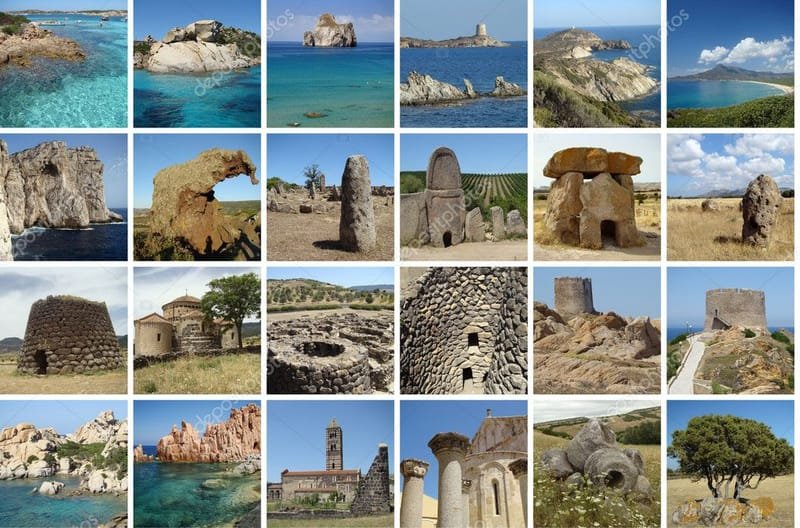
I'm Sardinia there are many tourist attractions, here there some of them:
Costa Smeralda:
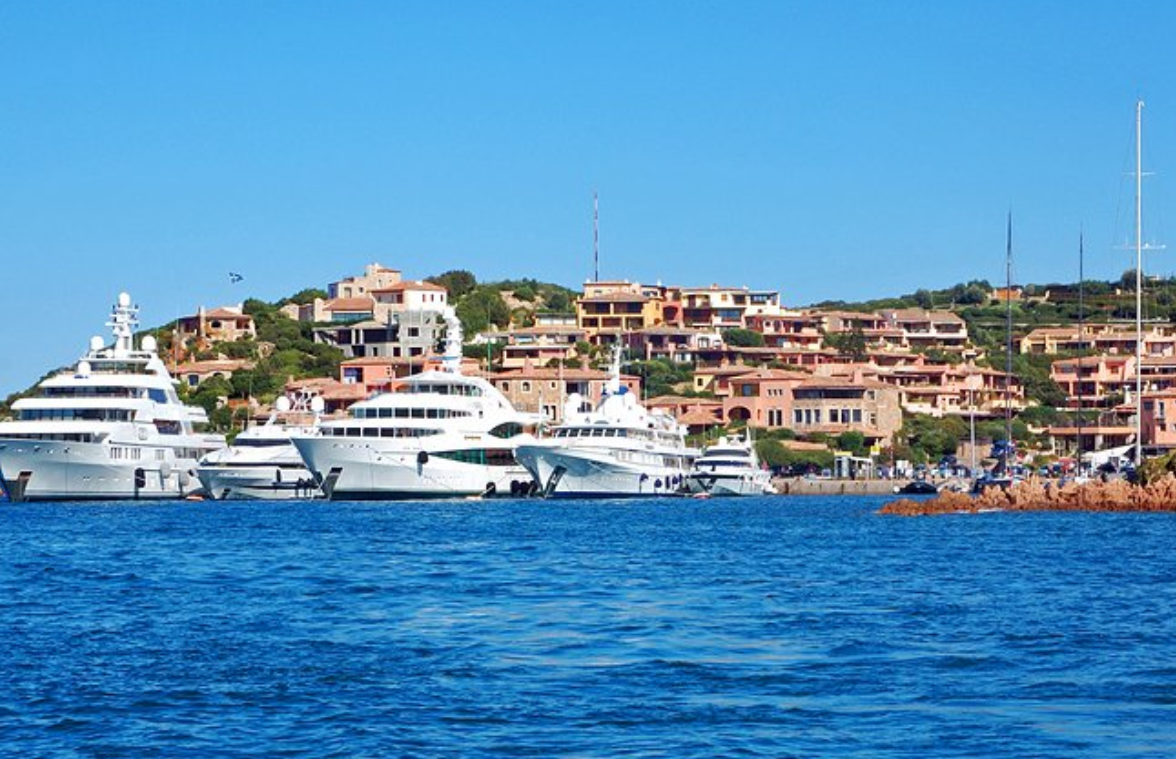
From the port town of Olbia to the tip of Capo de Testa some of the world's most beautiful beaches are set in craggy coves washed by a sea so green and clear that it's known to the world as the Costa Smeralda, the Emerald Coast. The comparison with one of the most expensive jewels might also apply to the clientele that has frequented the coast since it was developed by the Aga Khan in the 1960s into a series of resorts for the uber-wealthy. Cosseted resort "villages' are built to resemble Greek islands and the Riviera. The center of all this is Porto Cervo, a resort village and marina for private yachts built in the 1960s. Apart from people-watching, its only attraction for those not booked into a resort there is MdM, a stylish modern art museum with changing exhibits and a terrace café overlooking Porto Cervo. The most modest resort town in the region is lively little Cannigione, on the Gulf of Arzachena.
Alghero
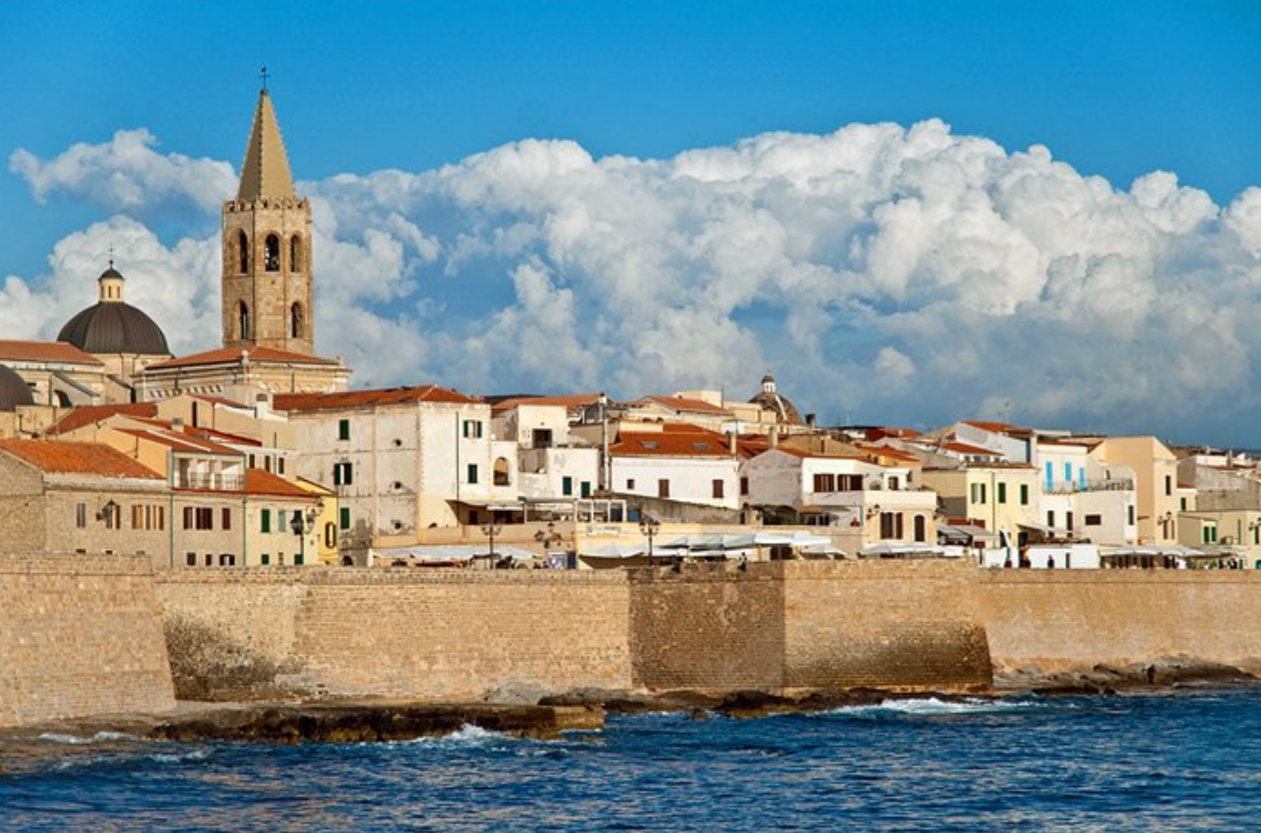
Don't be surprised if the language you hear around you in this lively seaside city sounds a bit different - almost like Spanish. It is, and you may still find some signs and labels in Spanish, too. A 14th-century Pope gave Sardinia to the King of Aragon, hoping to wrest the island from control of Pisa and Genoa. He gave fiefdoms to about 400 families from Aragon and Catalonia if they would settle the island with a base in Alghero, displacing the local population. Mass in the church of San Francesco is still said in Catalan, and you should visit it to see the graceful 13th-century cloister, reached through the sacristy to the left of the altar. The 14th-century cathedral has a Spanish Gothic doorway. As afternoon fades into evening, climb the walls built by the Spanish to protect against attack by sea, and join locals for an evening promenade along their wide bastions to watch the sunset over the Mediterranean.
Nuraghe Su Nuraxi
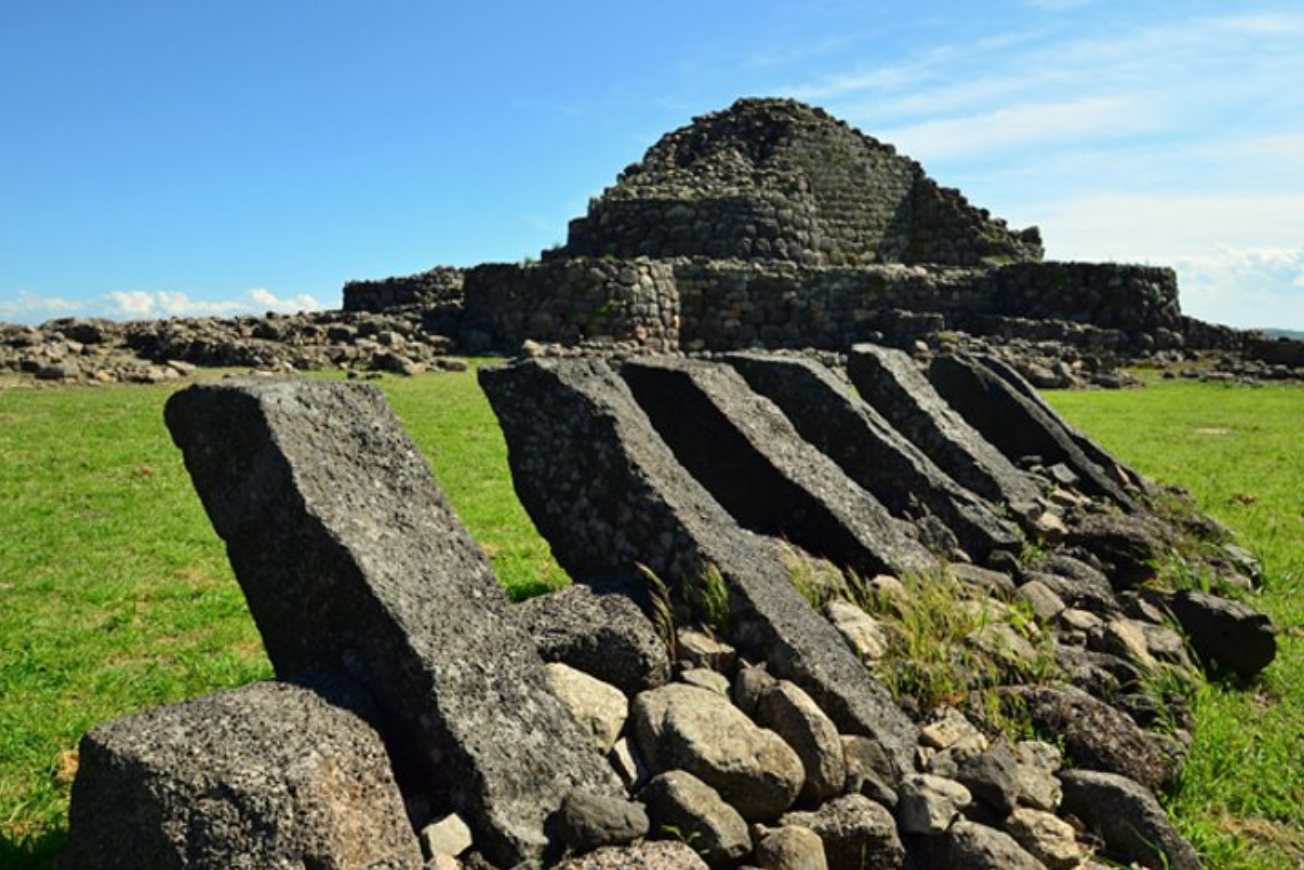
Timber found in the walls of the central tower was carbon dated to 1,500 BC, and the outer towers were built in the 11th or 12th century BC. You can go inside the tower, climbing to its upper reaches for a close-up view of the stacked dome made of dry stones without mortar. Spiral stairways inside its 1.8-meter walls connect the three stories, and as you climb through the passageways, you can appreciate the finesse of the engineering and workmanship these prehistoric people achieved. After exploring the towers and the foundations of the ancient village surrounding it, be sure to stop in the Casa Zapata Museum, in the village, where - along with other fascinating exhibits - you can see another nuraghe that has been excavated under the building. Here you get a birds-eye view of the construction from a walkway above the walls.
Nuraghe Losa
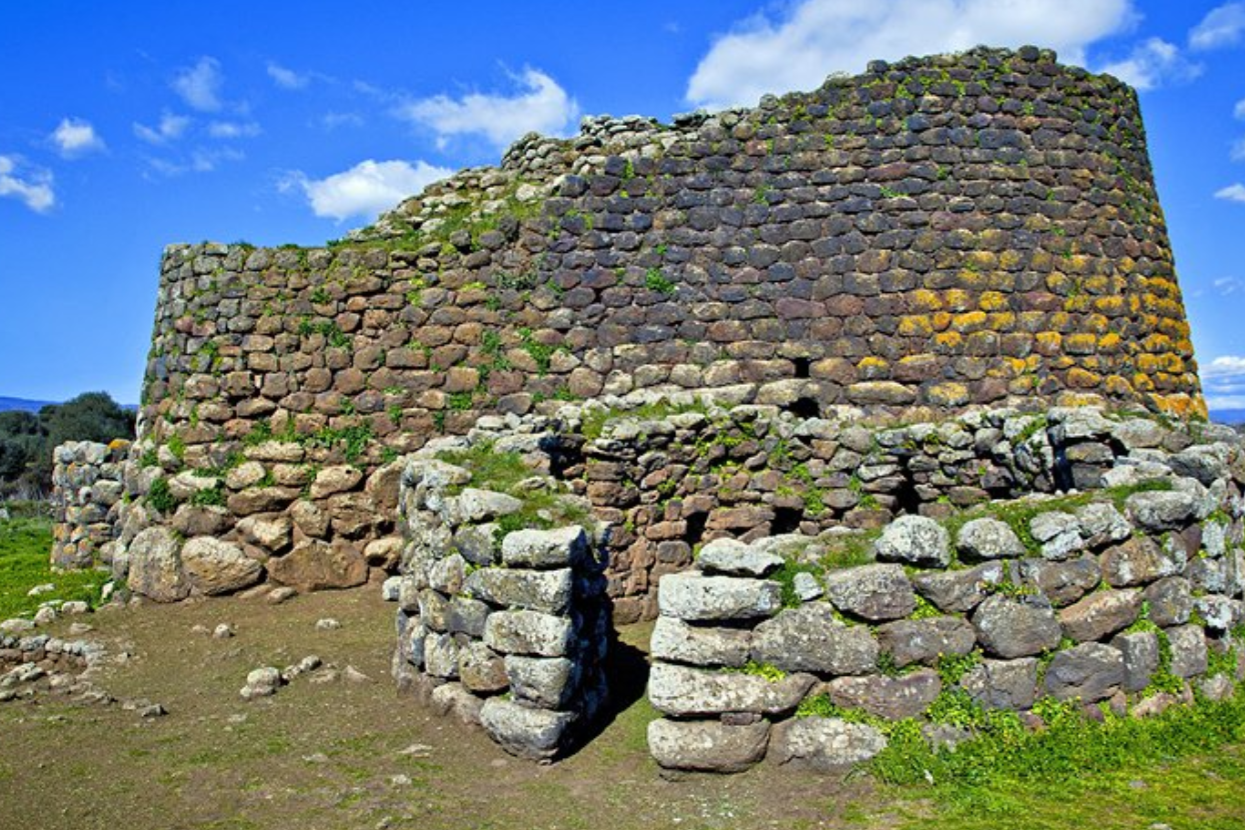
You may wonder if you need to stop at every nuraghe, and if you haven't become fascinated with these mysterious towers by now, perhaps you shouldn't. But most tourists quickly fall under the spell of these towers of which so much remains unknown, and soon discover that each one is quite different. Considered one of the three best, Losa has several distinctions. It is lighted inside by recessed lamps, so if you don't carry a flashlight, this is your chance to see the interior details of its stacked stone thalos domes. It is one of the most complex, a large tower with three outer towers forming a triangular bastion, which you can explore through a maze of stone passageways that spiral up inside its massive walls. The second floor is still intact and the roof complete. Although dating from about the 12th to 14th centuries BC (the Bronze Age), the large central room of the main tower is in excellent condition and more refined in its construction than most others. A tiny museum contains bronze bracelets and other artifacts found here.
Arzachena Prehistoric Sites
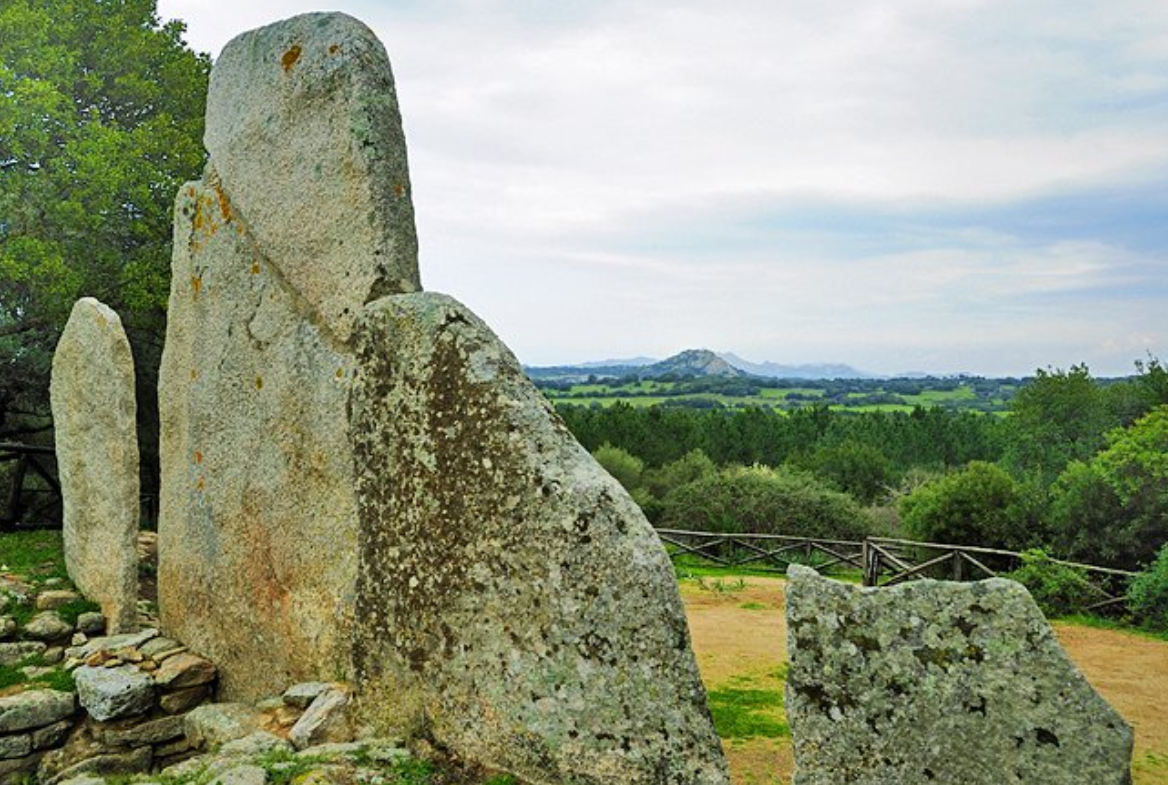
One of the highest concentrations of Stone and Copper Ages attractions is only a few kilometers from the Costa Smeralda resorts, but seems a whole world away. The six notable sites include nuraghi, burial sites, and the curious chambered tombs known locally as tomba gigante (giants' graves). The principal chambered tomb of Coddu Vecchiu, a tunnel grave from the 18th century BC, had an entry facade of flat stones added several centuries later, and another, Li Lolghi, has a similar entrance, but with a three-and-a-half-meter standing stone. The nearby necropolis of Li Muri had stone graves built inside circles of flat standing stones once covered by mounds of earth. Nuraghi Albucciu is unusual in that its shape is oval with one side formed by a large stone outcrop. Nuraghe La Prisgiona is the most recently excavated, a central tower with two side towers and the remains of a village. This region is known for its rock outcrops, often eroded by the wind into curious shapes; one just east of Arzachena looks like a giant mushroom.
Tharros
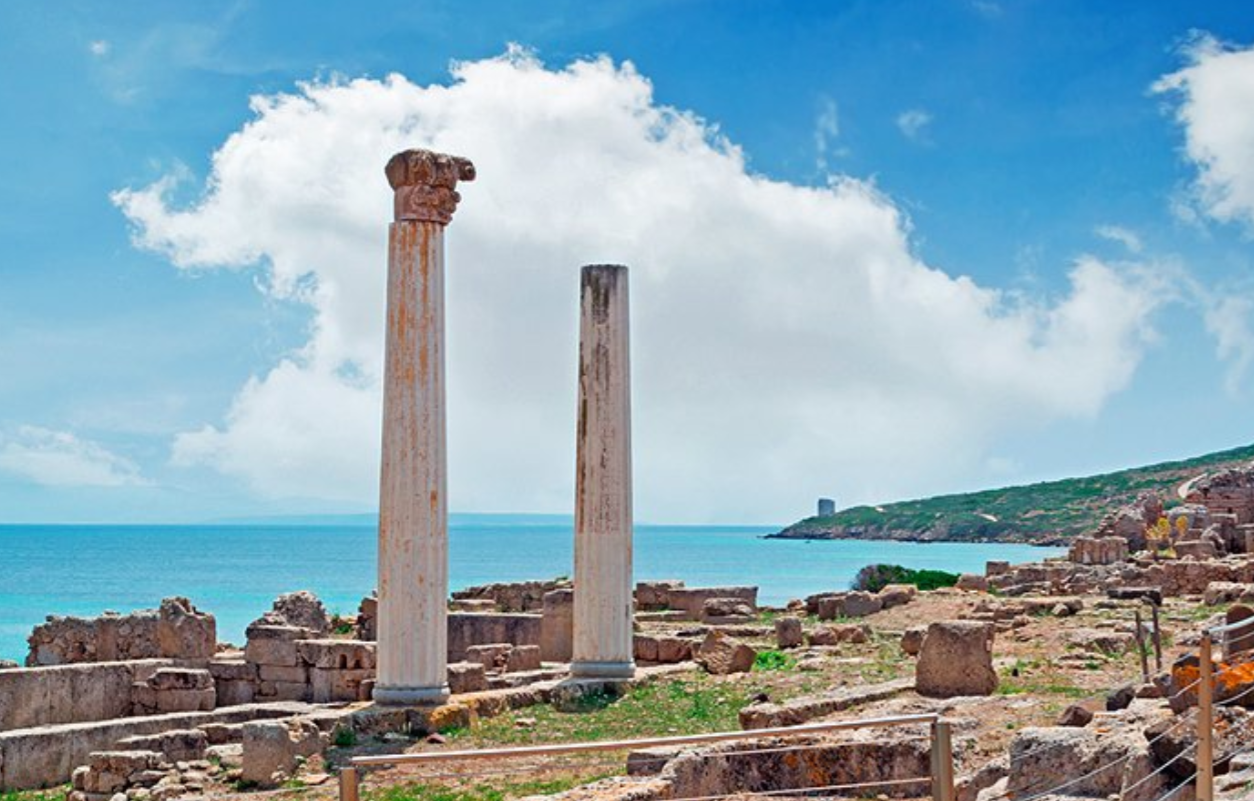
Walk amid the stone remains of Phoenician, Carthaginian, and Roman cultures on this rocky point and try to picture what it looked like when the Roman streets beneath your feet were lined by shops where you now see only foundations and doorsteps. Columns from the baths still stand, along with parts of the aqueduct and temples; the amphitheater overlooks the sea. On the hilltop above is a Phoenician necropolis (they left about 650 BC). For a sense of what archaeologists have found here, visit the excellent Museo Civico Giovanni Marongiu in the town of Cabras where carved stone stele, funerary urns, and other finds are displayed, positioned as they were originally found. You can see more of the treasures unearthed there in the Antiquarium Arborense museum, in the small city of Oristano, also nearby. The Duomo of Santa Maria in Oristano dates from medieval times, but was renovated during the Spanish rule of this part of Sardinia in the 18th and 19th centuries, which accounts for the colorful tiles covering its domes.
Bosa
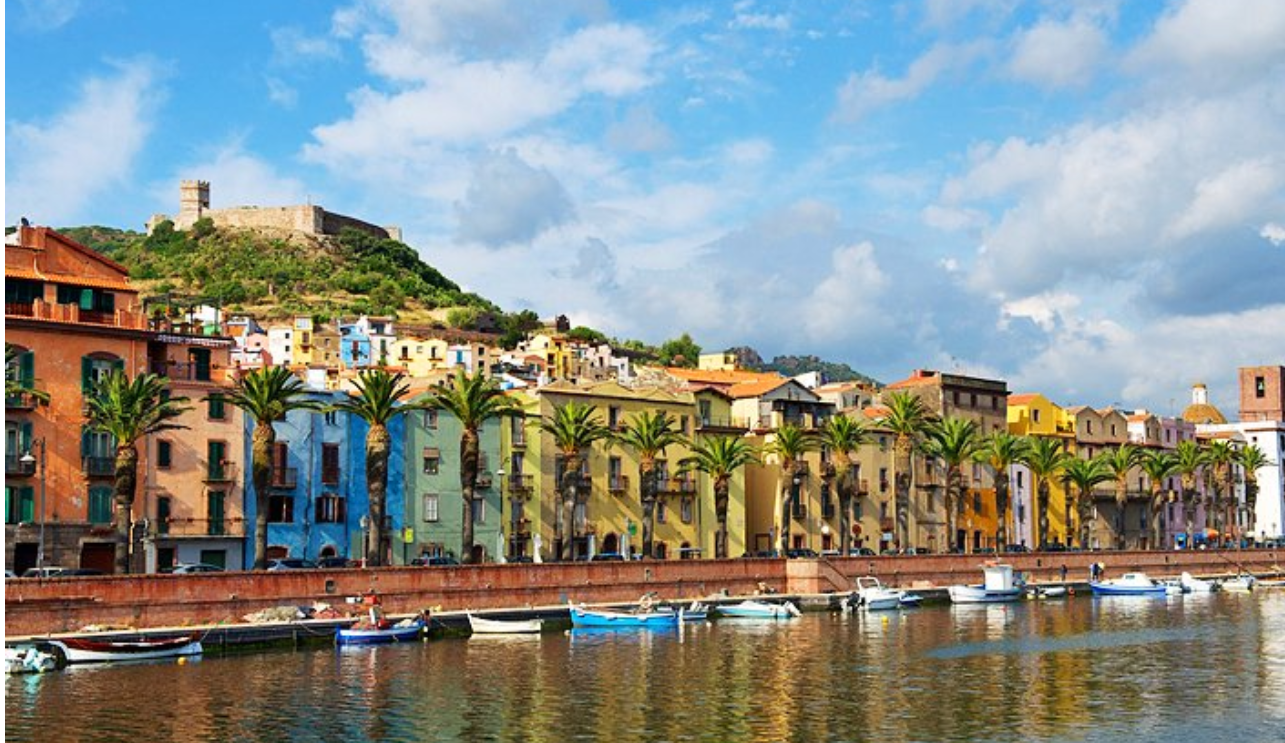
Since the 9th century BC, Bosa has overlooked the mouth of Sardinia's only navigable river, in a valley that is today green with farms. A tangle of Medieval streets winds from the old stone bridge and pastel buildings lining the riverfront, to the hilltop Malaspina Castle. Although you can drive straight to the castle, take some time to walk in the old streets, where modest little houses mix comfortably with grand noble homes; the restored manor house of Casa Deriu is open as a museum with furnished rooms and an art gallery. Inside the castle is a 13th-century chapel, where you should see the unusual 14th-century fresco cycle. The coastal road north from Bosa to Alghero is spectacular, and not at all hair-raising, despite its height above the sea in places.
Castelsardo
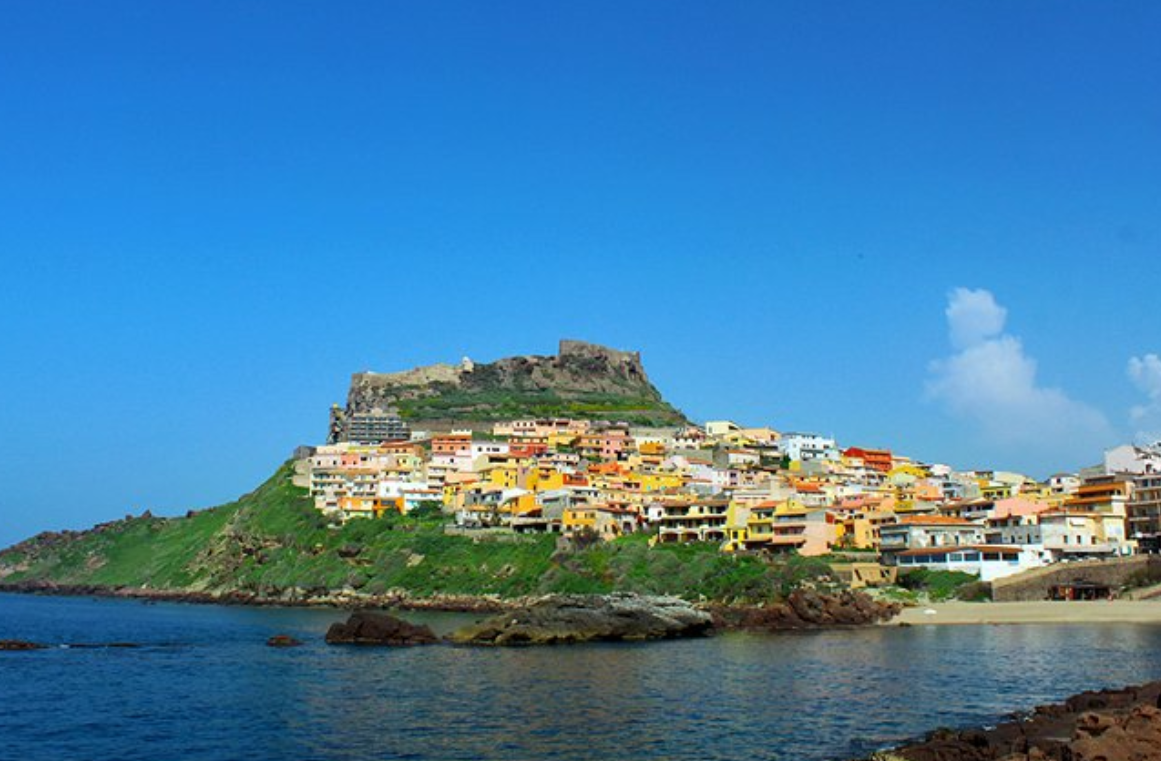
As attractive as the busy little fishing harbor town is with its pastel houses climbing up the hill, it pales compared to the medieval village inside the walls above. At the very top is a 12th-century castle with a good museum that explores the local craft specialty of basket making. The narrow streets around the castle wind steeply down the hill, breaking into steps at the steepest points, and in doorways, you may see women weaving baskets with intricate designs. Views from the top extend in both directions along the coast and as far as Corsica. The Duomo, in the little plaza below, has one of Sardinia's finest altarpieces, dating from the 15th century, along with fine woodcarvings in the choir and a crypt. Its bell tower began life as a lighthouse.
Grotta di Nettuno
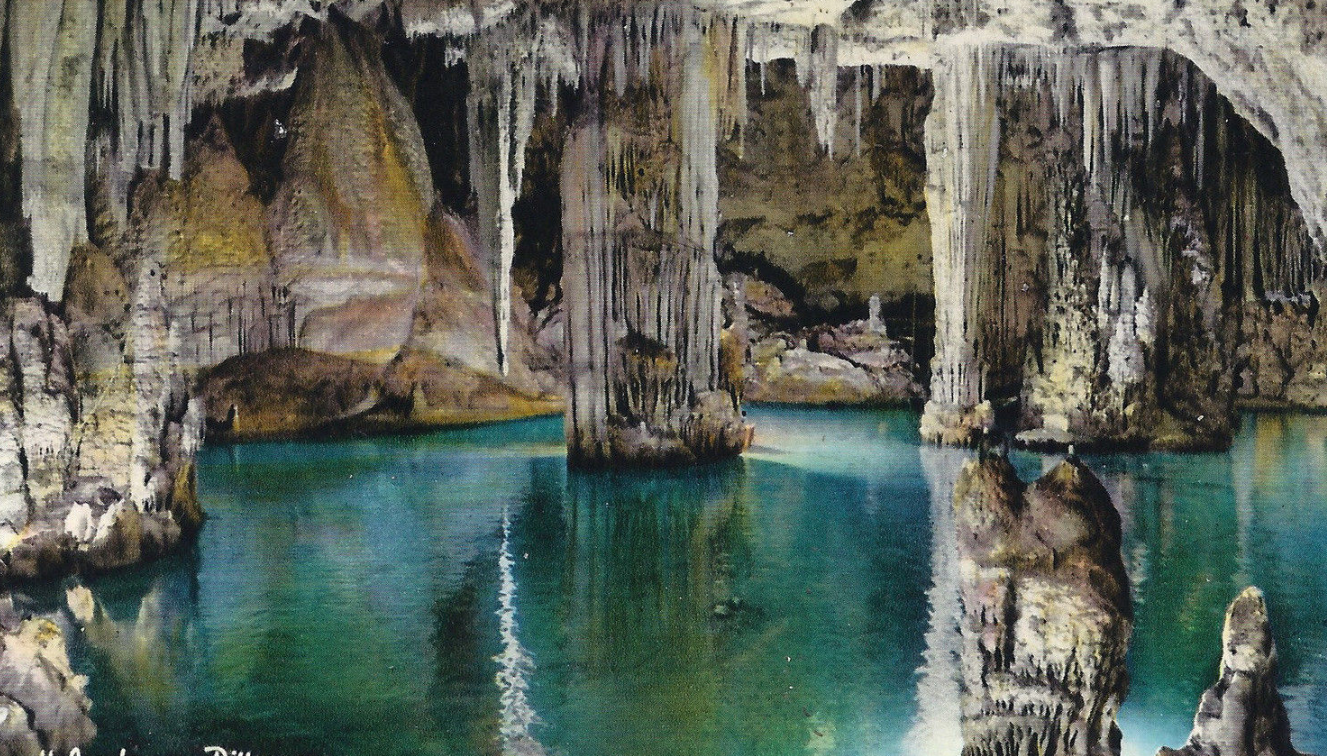
Take a cruise from the Banchina Dogana (harbor) in Alghero to the tip of Capo Caccia, the long headland that you saw from Alghero's walls, to visit this beautiful cave, bristling with stalagmites and stalactites that reflect in an underground lake. The Grotta di Nettuno was carved by the sea, in cliffs that tower almost 304 meters above. The mouth of the cave is at sea level, and arriving by water is the most dramatic way to approach, not to mention the easiest. But you can also drive there, about 14 kilometers from Alghero, passing an interesting nuraghi alongside the road. Once there, you'll need to walk down (and, remember, also climb back up) on the 656 steps of the Escala del Cabirol (goat stairs), carved into the face of the cliff.
Sassari
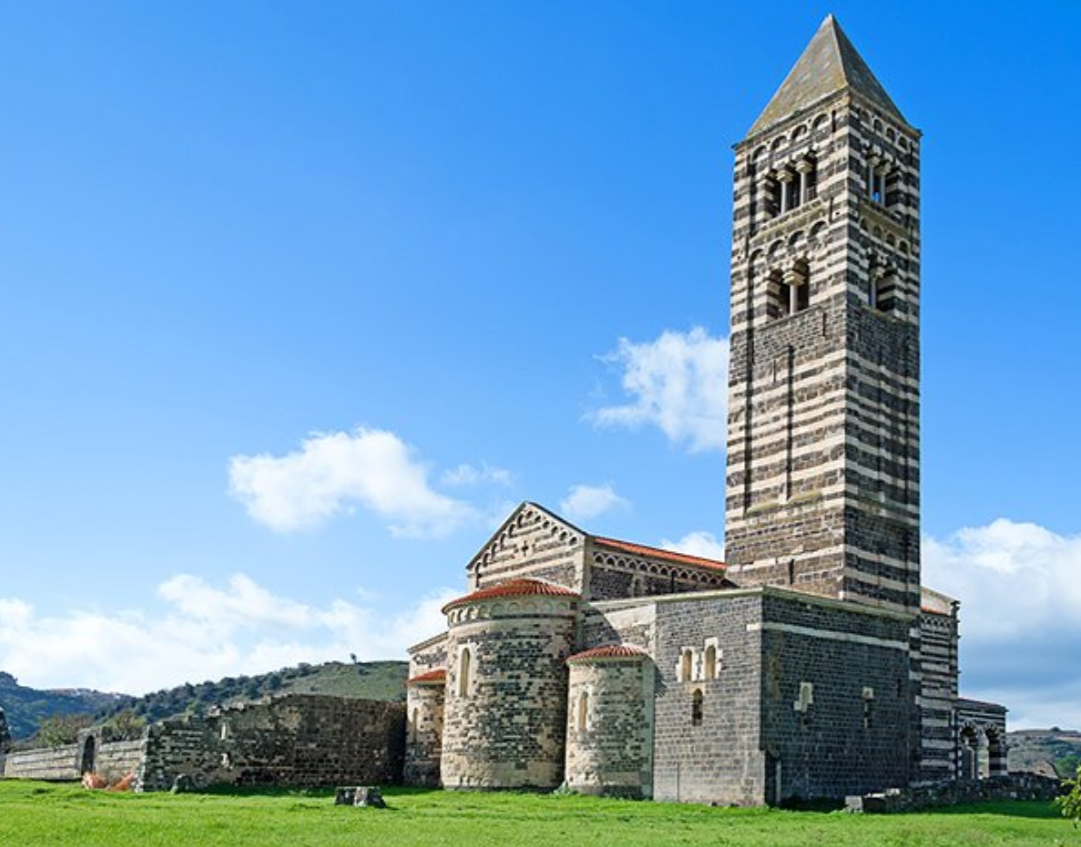
Sassari, Sardinia's second largest city, is a lively university and cultural center, and boasts some fine buildings in Catalan Gothic, Baroque, and Neoclassical styles. Walk down Corso Vittorio Emanuele II, the main street in medieval times, looking up to see old porticos and windows on homes from the region's Spanish period, five centuries ago. Museo Nazionale Sanna, one of Sardinia's most important museums, displays archaeological collections that include Nuragic bronze figures and jewelry, as well as Roman artifacts. Don't miss the Duomo, whose façade is a riot (you might say a hodge-podge) of 17th-century ornament styles, created by stone carvers from Milan. Several other churches are worth looking inside if they are open, but the most memorable of all stands almost alone in a landscape of grazing sheep about 12 kilometers south of Sassari on SS 131. The black and white striped tower soars above the church and ruined cloister of Santissima Trinità di Saccargia, the finest example of Pisan architecture in Sardinia. Inside, if you're lucky enough to find it open, are 13th-century frescoes.
